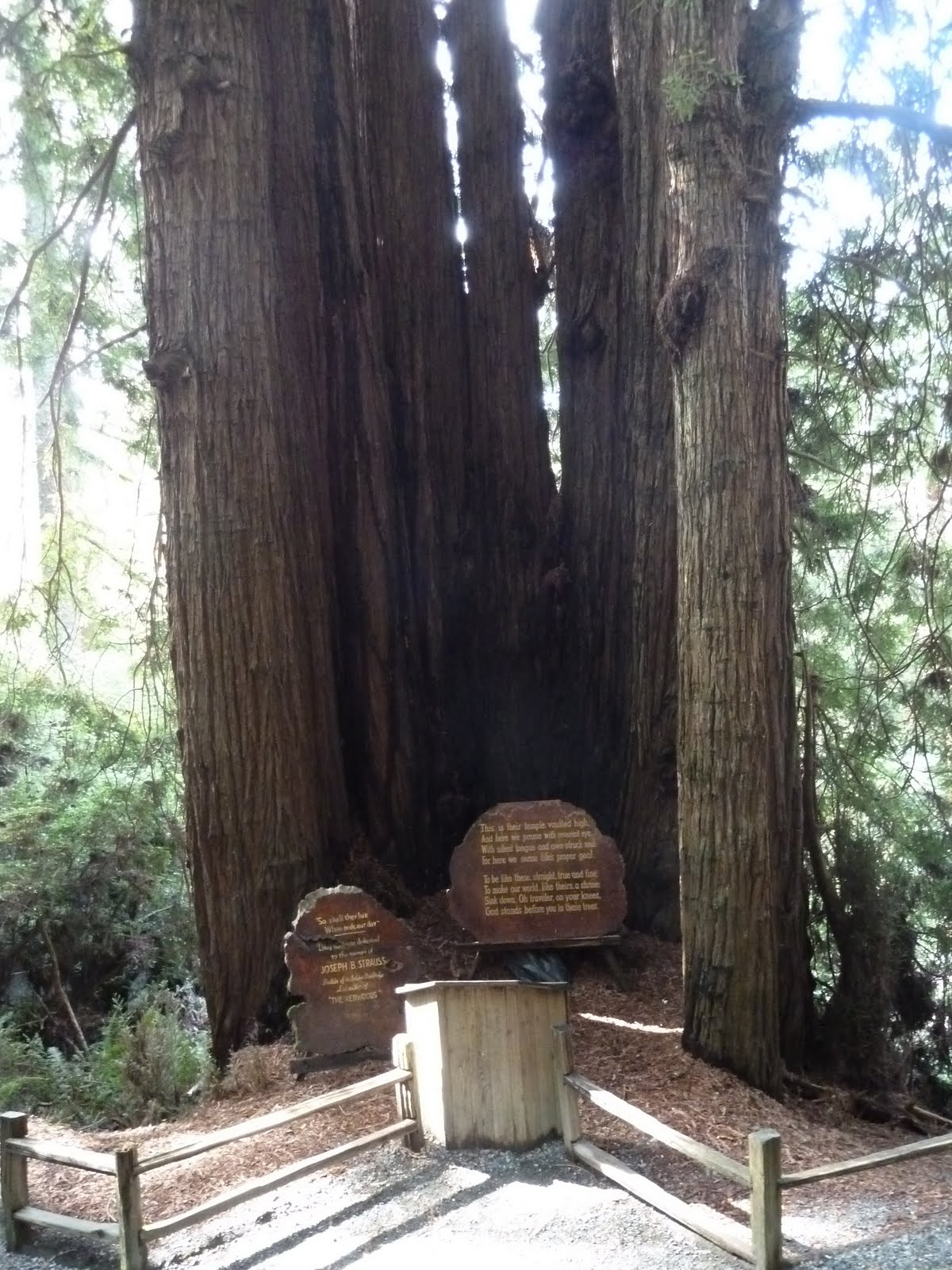Nature has a way of capturing our imagination, and few elements of the natural world hold as much intrigue as the trees that populate our landscapes. Among these are the enigmatic "trees of mystery," which evoke a sense of wonder and curiosity. These remarkable trees, often found in secluded areas, are shrouded in legends and folklore, drawing visitors from far and wide to experience their unique beauty and charm. From towering giants that seem to touch the sky to ancient specimens that have witnessed centuries of history, the trees of mystery offer a glimpse into the natural world's secrets. As we explore their stories, we uncover not only the ecological importance of these trees but also the cultural significance they hold for communities around the globe.
The trees of mystery are not just picturesque sights; they are living monuments that tell tales of resilience and adaptation. Some of these trees have weathered fierce storms, while others have stood witness to significant historical events. Their gnarled branches and twisted trunks speak volumes about the passage of time, reminding us of our connection to the earth. As we delve deeper into the lore surrounding these trees, we find that they are often entwined with local myths and traditions, further enhancing their allure.
In this article, we will embark on a journey to discover the captivating world of the trees of mystery. We will explore their biological characteristics, the legends that surround them, and the role they play in our ecosystems. Through this exploration, we hope to inspire a greater appreciation for these natural wonders and encourage conservation efforts to protect them for future generations.
What Makes the Trees of Mystery So Unique?
The trees of mystery are distinguished by their unique features and the stories that accompany them. These trees often possess striking physical characteristics, such as unusual shapes, vibrant colors, or impressive sizes. Some are known for their longevity, living for hundreds or even thousands of years. What sets them apart is not just their appearance but also the cultural significance they hold in various societies. They often serve as symbols of strength, wisdom, and endurance.
Where Can You Find the Trees of Mystery?
Many of the trees of mystery are located in remote or protected areas, such as national parks, forests, and reserves. Some famous examples include:
- The Giant Sequoias of California, USA
- The Baobab Trees of Madagascar
- The Ancient Bristlecone Pines of Nevada, USA
- The Sacred Fig Trees of India
These locations not only preserve the trees themselves but also provide visitors with a chance to connect with nature and learn about the ecological roles these trees play in their respective environments.
What Legends Surround the Trees of Mystery?
Throughout history, trees have been integral to various myths and legends across cultures. The trees of mystery are often central figures in these tales, representing different aspects of life, death, and rebirth. For instance, the Baobab tree is revered in African folklore as a symbol of life and fertility. Similarly, in Hindu mythology, the Sacred Fig tree is considered sacred and is associated with enlightenment and meditation.
How Do Trees of Mystery Impact Their Ecosystem?
The ecological role of the trees of mystery extends far beyond their striking visuals. These trees provide essential habitats for numerous species, ranging from birds and insects to mammals. Their expansive root systems help prevent soil erosion, while their leaves contribute to the overall health of the ecosystem by producing oxygen and providing shade. Furthermore, many trees have symbiotic relationships with fungi and other plants, creating a balanced and thriving environment.
Are There Conservation Efforts for the Trees of Mystery?
As the world faces increasing environmental challenges, conservation efforts for the trees of mystery have become more critical. Organizations and local communities are working tirelessly to protect these natural wonders from threats such as deforestation, climate change, and urban development. Some initiatives include:
- Establishing protected areas and national parks
- Promoting sustainable forestry practices
- Raising awareness through educational programs
- Encouraging community involvement in conservation efforts
What Role Do Trees of Mystery Play in Cultural Practices?
The cultural significance of the trees of mystery extends beyond their physical beauty. Many communities incorporate these trees into their customs, rituals, and practices. For example, in some Indigenous cultures, certain trees are considered sacred and are used in ceremonies for healing and spiritual connection. Festivals celebrating the life of these trees often attract visitors and help foster a deeper appreciation for nature's wonders.
Can You Experience the Trees of Mystery Yourself?
If you're eager to witness the trees of mystery firsthand, several travel destinations offer opportunities to explore these natural wonders. Guided tours, hiking trails, and educational programs often provide insight into the unique features and stories behind these trees. Be sure to check local guidelines and regulations to ensure your visit is respectful and sustainable.
Conclusion: Why Should We Protect the Trees of Mystery?
In conclusion, the trees of mystery are more than just remarkable sights; they are vital components of our ecosystem and rich sources of cultural heritage. By protecting these trees, we safeguard the stories they tell and the ecological balance they maintain. As stewards of our planet, it is our responsibility to ensure that future generations can experience the wonder and beauty of the trees of mystery.
Let us celebrate these natural wonders and take action to protect them, fostering a deeper connection to the environment and the mysteries it holds.
Discovering The Best Pluckers Near Me: A Guide To Your Local Favorites
Discovering Urban Feed And Garden Seattle: A Green Oasis In The City
Unveiling The Mysteries: What Does IATSE Stand For?


